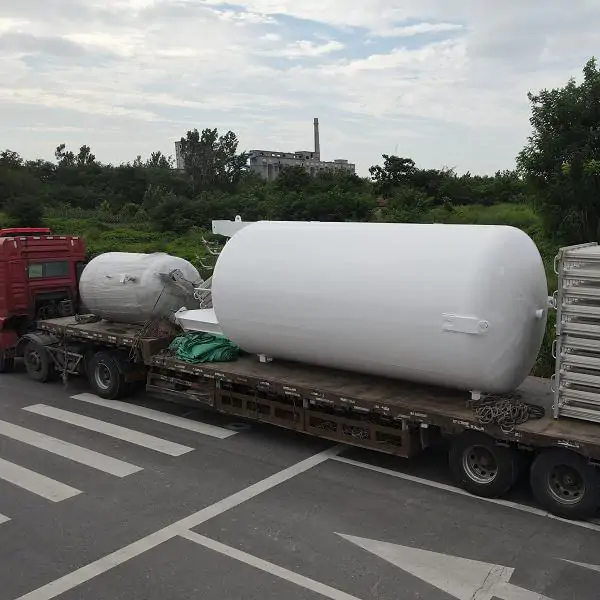Structure and characteristics of LNG pump
Structure and characteristics of LNG pump
LNG cryogenic submersible pump is mainly composed of cryogenic submersible motor, hydraulic components such as impeller and guide vane, bearing and thrust balance structure (see Figure 1). The pump is a centrifugal pump structure, which meets the low temperature requirement of -196℃ and has good anti-cavitation performance; the core component of the submersible pump, the motor, is immersed in LNG, so the motor can be directly cooled and is very safe in an oxygen-free environment, and there is no need to adopt explosion-proof design. However, since the submersible pump cable is in low temperature, special design and low-temperature resistant materials are required; in addition, the bearings in the LNG submersible pump are in an extremely low temperature environment and are only lubricated by low-viscosity LNG. Silicon nitride ceramic ball bearings are mostly used to ensure the stability of operation.
Submersible LNG pumps have many advantages that traditional pumps cannot match:
1) Submersible pumps are non-seal structure pumps, eliminating the risk of shaft seal leakage.
2) The submersible motor is cooled by LNG, the temperature field is stable, and its insulation performance will not be affected by temperature increase;
3) The entire pump body is completely immersed in the liquid, and the noise is low during operation;
4) The motor and impeller are installed coaxially, with a simple structure and high reliability;
5) The bearing is lubricated by the medium itself, and there is no need to design an additional lubricating oil system.
Therefore, submersible electric pumps have been widely and successfully used in large LNG ships, automobile fuel filling stations, LNG receiving stations, etc.






































































































































